Measuring ROI for WordPress Content Marketing in Canadian Markets
Key Metrics and Strategies
To effectively measure the return on investment (ROI) of WordPress content marketing in Canada, businesses should focus on both quantitative and qualitative metrics, aligning them with clear business objectives. Here are the core components:
- Set SMART Goals: Define specific, measurable, achievable, relevant, and time-bound goals tied to sales, customer lifetime value (CLV), or engagement metrics.
- Multi-Touch Attribution: Use models like linear, time decay, or position-based to understand how content influences the buyer journey across multiple touchpoints.
- UTM Parameters: Consistently tag URLs to track traffic sources and campaign performance across emails, social media, and other channels.
- Cohort Analysis: Segment customers by content interaction to measure retention and repeat purchases, providing insight into long-term value.
- Customer Feedback: Collect qualitative data through surveys to link content directly to sales and customer satisfaction.
- On-Site Behavior: Use tools like Google Analytics (GA4) to correlate engagement metrics (time on site, pages per session, bounce rate) with conversions.
- Cost Tracking: Capture all content-related expenses—labour, tools, promotions—for accurate ROI calculation.
- A/B Testing: Optimize headlines, CTAs, and formats to improve conversion rates.
- Integration: Automate data syncing between WordPress/WooCommerce and analytics/CRM platforms for real-time insights.
- Reporting: Use dashboards to communicate results and maintain stakeholder alignment.
ROI Calculation
The standard formula for content marketing ROI is:
[ \text{ROI} = \frac{(\text{Revenue from Content} - \text{Content Marketing Spend})}{\text{Content Marketing Spend}} \times 100% ]
For example, if you spend $7,500 monthly on content and generate $10,000 in attributable revenue, your ROI is 33%—a positive return. If spending exceeds revenue, ROI will be negative, signaling a need for strategy adjustment.
Relevant KPIs for Canadian Context
Canadian businesses should track:
- Customer Acquisition Cost (CAC)
- Return on Ad Spend (ROAS)
- Conversion Rates
- Website Traffic and Engagement
- Social Media Reach and Engagement
- Email Open and Click-Through Rates
Regularly review these metrics, adjusting budget allocation based on performance. For instance, Frank & Oak increased online sales by 225% by reallocating 40% of their digital budget to social media advertising.
Scaling WordPress Content Marketing in Canada
Budget Allocation
A typical Canadian small business might distribute its digital marketing budget as follows:
- Paid Advertising: 30–35%
- Content Creation & SEO: 25–30%
- Social Media Management: 20–25%
- Email Marketing & Other Initiatives: 15–20%
Best Practices for Scaling
- Optimize Channel Mix: Identify high-performing channels (paid, owned, earned) and invest more in what delivers the best ROI.
- Conversion Rate Optimization (CRO): Continuously test and optimize CTAs, forms, and landing pages to improve conversion rates.
- Personalization at Scale: Use AI and dynamic content to tailor user experiences, increasing relevance and engagement.
- Marketing Automation: Automate email, ad, and lead management workflows to handle increased volume efficiently.
- Align Sales and Marketing: Ensure both teams share definitions and feedback loops to maximize revenue impact.
- Retargeting Strategy: Implement retargeting campaigns to re-engage users and increase conversion opportunities.
- Quarterly ROI Audits: Regularly review performance, cut underperforming initiatives, and reinvest in high-ROI activities.
Seasonal Considerations
Canadian markets experience seasonal variations (e.g., holiday shopping, weather-related buying). Maintain a flexible budget, setting aside 10–15% as a contingency for emerging opportunities or market shifts.
Tools and Platforms
- Google Analytics 4: For tracking website behavior and conversions.
- Social Media Insights: Platforms like HootSuite (based in Vancouver) for comprehensive social tracking.
- Survey Tools: Zigpoll and others for gathering customer feedback.
- CRM Integration: HubSpot, Marketo, or native WooCommerce/WordPress plugins for automated data syncing.
Summary Table: Key Actions for ROI and Scaling
| Action | Purpose | Tools/Examples |
|---|---|---|
| Set SMART Goals | Align content with business outcomes | KPIs, dashboards |
| Multi-Touch Attribution | Understand full customer journey | GA4, CRM platforms |
| UTM Tracking | Track campaign performance | Google Analytics, Bitly |
| Cohort Analysis | Measure retention & CLV | GA4, WooCommerce |
| A/B Testing | Optimize for conversions | Optimizely, Google Optimize |
| Budget Reallocation | Scale what works | Quarterly audits |
| Personalization | Increase engagement | AI, dynamic content |
| Automation | Handle scale efficiently | HubSpot, Marketo |
Conclusion
Measuring and scaling WordPress content marketing ROI in Canadian markets requires a disciplined approach to goal-setting, tracking, and optimization. By focusing on the right metrics, leveraging robust analytics tools, and maintaining budget flexibility, businesses can not only prove the value of their content efforts but also scale them effectively in response to market dynamics and seasonal trends. Regular audits and a willingness to reallocate resources based on data are essential for sustained growth.






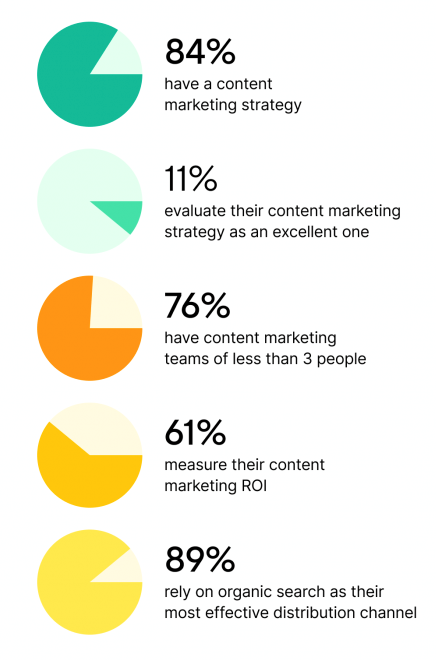





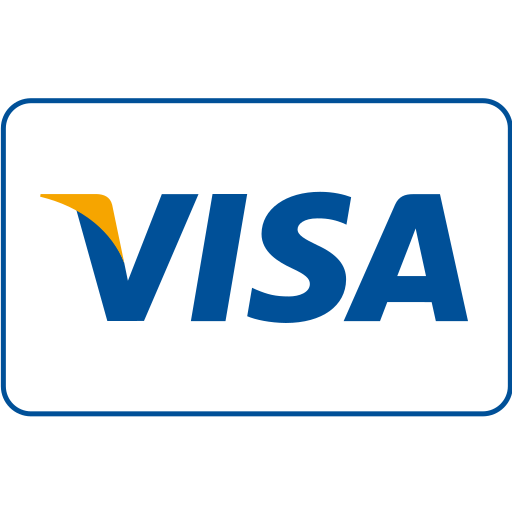
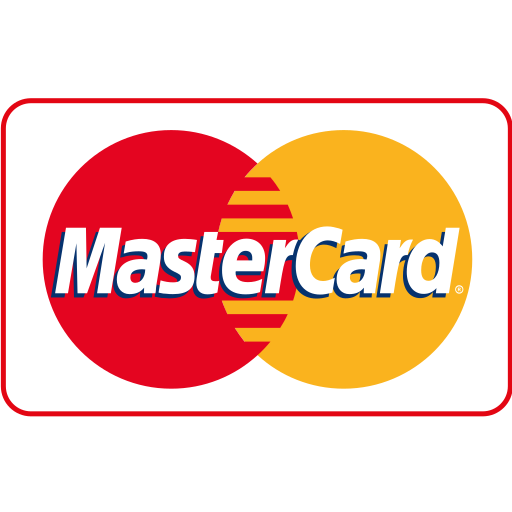
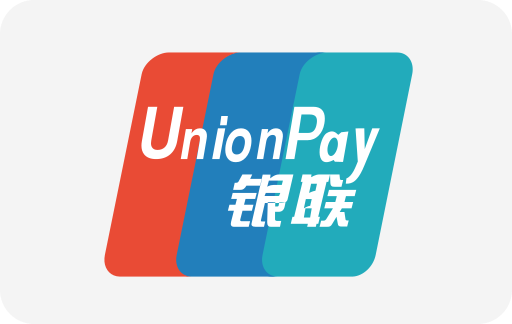
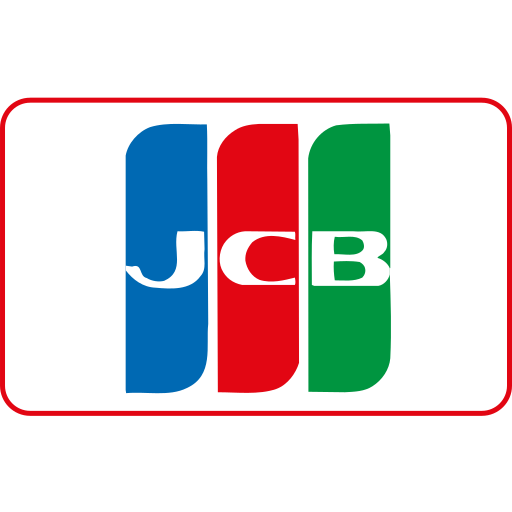




Maple Ranking offers the highest quality website traffic services in Canada. We provide a variety of traffic services for our clients, including website traffic, desktop traffic, mobile traffic, Google traffic, search traffic, eCommerce traffic, YouTube traffic, and TikTok traffic. Our website boasts a 100% customer satisfaction rate, so you can confidently purchase large amounts of SEO traffic online. For just 720 PHP per month, you can immediately increase website traffic, improve SEO performance, and boost sales!
Having trouble choosing a traffic package? Contact us, and our staff will assist you.
Free consultation